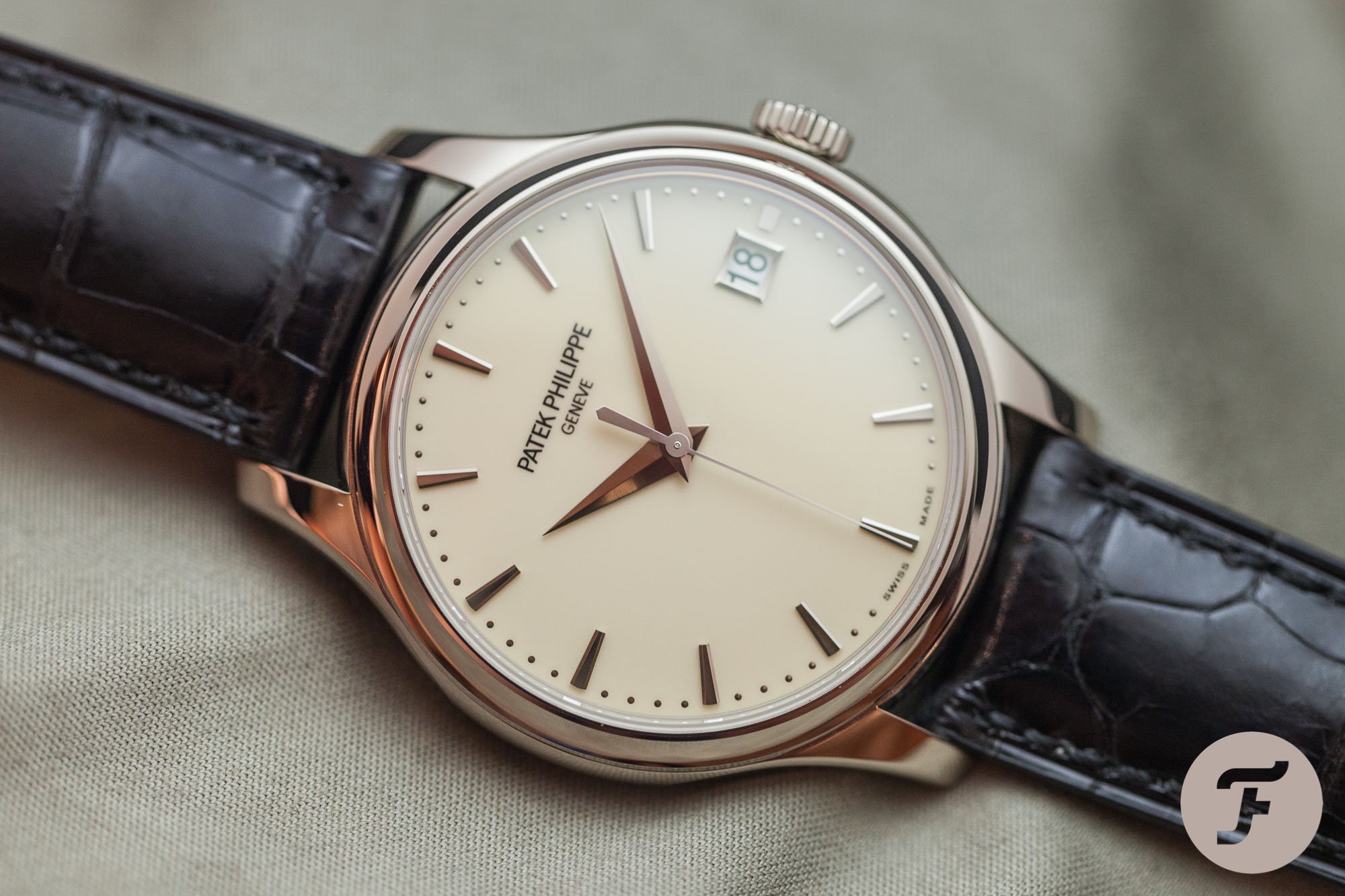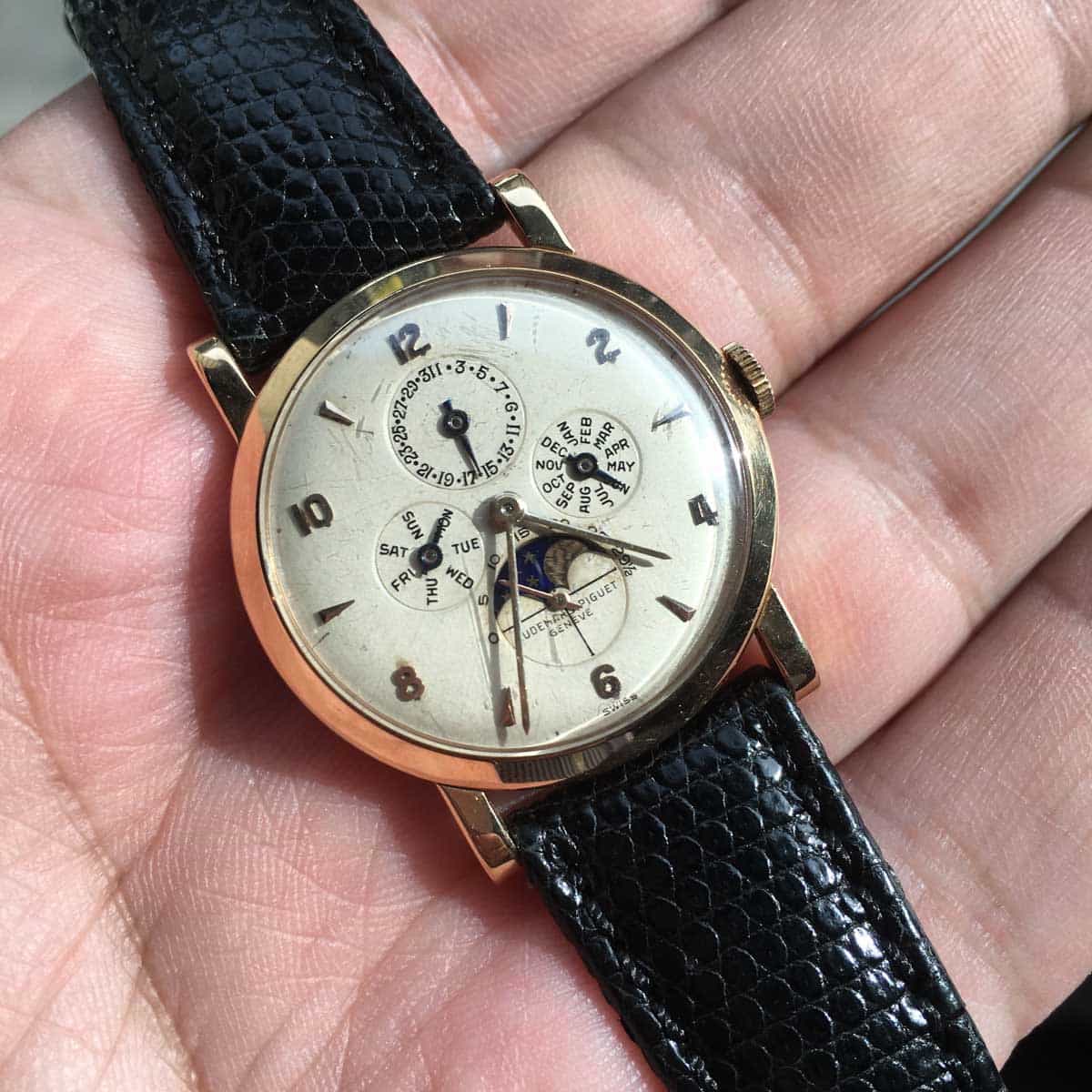You Asked Us: Will Watches Get Smaller Again?
Last week, we discussed whether or not watches would ever become obsolete. Hopefully, we went some way towards allaying any fears you may have had on that front. This week we dig into whether the frequently heralded return to smaller, more classical diameters is finally about to crest the horizon…
For several years now, the watch industry seems to have been waiting for a sudden and stark reversion to smaller watches. It’s a funny thing for the industry, which is, one would assume, in control of itself to a degree, to be waiting for. But, of course, no commercial enterprise can operate in ignorance of its customers’ desires. And so, while the watchmaking industry does tend to dictate what is cool more than many other more consumer-driven economies, it is still a slave to sales. Customers have a vote. Everyone gets to buy what they want. And so when we ask ourselves what the industry will do, it is definitely worth asking ourselves what we want it to do.
Take a step back
To imagine, even for a second, that watch brands don’t do market research is madness. Every brand does it. Even the smaller ones. And especially the new ones. Take a step back and look at the big picture here: We think that change is more likely to come from those with no heritage to undermine. Often, we look to new brands — start-ups, even — to fill an identified void. But if you’ve ever sat down with the owner or would-be owner of a fledgling watch brand, you know that their hands are, largely, tied. Being different is great. being first is better still. But being successful as an underfunded, unknown brand often requires designers to toe the line of current trends a little more than they’d probably like.
…it must come from the top.
When newer brands try to disrupt the industry, we generally end-up with dross. It may be well-intentioned dross, but it is very often dross, nonetheless. No, for change to really happen in the watchmaking industry, it must come from the top. That way, it is “commercially proofed” enough for it to trickle down to the little guys. And then — and only then — do customers start taking the little guy seriously.
And this is, in my opinion, at least, why change takes a long, long time in watchmaking. Why? Because big brands have no incentive to mess with a winning formula.
Take it seriously
When the same rumor abounds for multiple years, it makes sense to take it seriously. You can see countless established luxury brands experimenting with smaller diameters in recent years. Just look at the Tudor Black Bay 58. This is a Rolex-associated company. The 58’s presence on the market is a big statement. And although it appears an outlier, it could be a tangible hint of things to come. Let’s face it, the reception was pretty darn positive…
If you want an even more bonkers example of a brand testing new waters, take a look at the recently released Audemars Piguet [Re]Master01 Selfwinding Chronograph 6595SR.OO.A032VE.01. This is a stunning release. It is so far outside of what we might have expected from the brand it seems entirely alien. But it is stirring the pot. It is attempting to ascertain whether the market is ready for such a full-blooded return to the past. In truth, it makes the recent spate of “throwback” models from other brands look hyper-modern in comparison. And the best bit for a brand like AP? It knows these models will sell, whether they are popular or not.
…consumers care about getting their money’s worth.
But this is how change comes about. And to answer the question succinctly and definitively, yes, I do believe we will see more and more brands releasing smaller, slimmer watches that have a more timeless vibe. Why? Because now, more than ever in the post-quartz existence of luxury watchmaking, consumers care about getting their money’s worth. And what offers more bang for your buck than a style of watch that has proven itself to be trend-proof? It seems likely to happen. The only question, really, is when…
Follow me on Instagram @robnudds


